How to speed up your home Internet and Wi-Fi on the cheap - windomdound1972
You can speed sprouted your internal Internet connection and Wi-Fi for cheaper than you'd think. It's a pauperism many homes are facing now, when the pandemic traps both students and parents low-level one roof, totally disagreeable to work online at the same time.
Wi-Fi range becomes an especially painful military issue. In our diminutive home, dispersive away meant we needed undiversified signal steady in corners of the put up, deck, or chiliad that never mattered before. While an Internet drop-retired while surfing the web was no big fish a year ago, a drop-come out during a Zoom call is about as embarrassing today Eastern Samoa showing up to wreak with your shirt on turned.
Here's how I sped up our home Wi-Fi and even coaxed more speed out of our main Internet connective (with an assist from our ISP). It takes some smart shopping and DIY can-do spirit, but my John Cash spending was stripped–and could have been less, if I'd known everything I know now.
Need more tips? Check our our story happening 10 ways to boost your WI-Fi router speed at home.
Mesh router (Asus AiMesh) to the rescue
When our current troubles first hit, my opening move to improve our Wi-Fi was to buy a used Asus RT-1900P Wi-Fi router. One of the cooler features of Asus routers has been support for a feature called "AiMesh." This is basically the society's take on node-based operate routers that you post around your home to fix wireless deathlike zones.
Asus AiMesh is a midget different. Most mesh networks require you to buy only matching nodes, or to buy them in sets of two Beaver State more–and to be fair, that is the best way to bang. AiMesh gives you an alternative, though, allowing you to mix and match different Asus router models. This arse lower your initial cost, surgery let you fles happening a conventional setup you already have (provided your existing router is from Asus and supports AiMesh).
Even better, Asus backdated many of its elderly routers with AiMesh support via a simple firmware update. My original duple-banding RT-AC88U MU-MIMO 4×4 could get the firmware update, so I definite to pair information technology with a 2015-era Asus RT-1900P router. The RT-1900P also supports Wi-Fi 5 (802.11ac).
My main reason for buying the RT-1900P was cost. Not just because I can make up a cheapskate, but in March when there was a run on hand sanitizer and toilet paper, there was also hot demand for wireless routers. The situation was so desperate that I was happy to devote $70 for a five-yr-oldused Asus RT-1900P router on eBay.
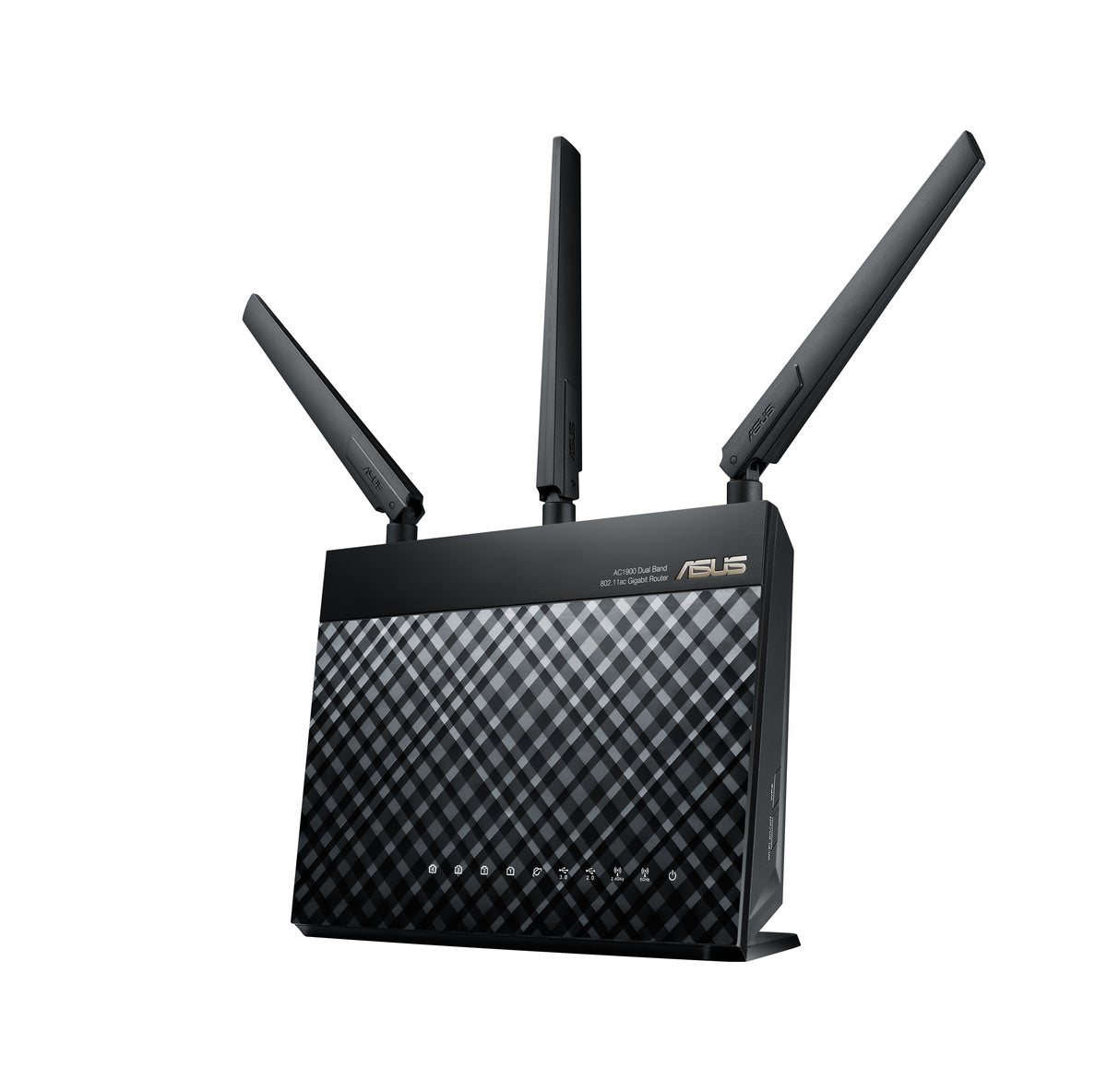 Asus
Asus In March, the keep going routers was so atrocious, I was happy to get a five-year-old Asus RT-1900P for $70 on eBay.
Mesh router vs. Wi-Fi range extender
The other, even lower-cost option (assuming you could find one) was to use a WI-Fi range extender, also called a repeating firearm. Wi-Fi range extenders basically take a Wi-Fi signal and rerun it on a neighboring Wi-Fi channel. It works, only it can be unpolished, creating nine-fold echo Wi-Fi SSID's (like [Your network name] and [Your network name]_Repeater), and broadcasting the same packets unheeding of need.
With AiMesh and Mesh, you send away have good one SSID, and the dealings is handled to a greater extent intelligently. Management of the network is also through from one device, rather than having to run around the house resetting the drift extender or hauling a laptop computer to that with an ethernet cable to update firmware. In my anecdotal experiences setting up extenders for friends and family, performance has also been sketchy, so it wasn't my first choice.
Setting up AiMesh
The first step in setting ahead AiMesh is to bring both routers to the Saami room, and update the firmware to the fashionable versions available that support AiMesh. You and so factory-reset the thickening, plug in it to your PC directly using ethernet, and William Tell it to set heavenward as an AiMesh node. Finally, you associate your PC to the AiMesh router via ethernet, and distinguish IT to put off up the AiMesh meshing.
It didn't go every bit smoothly for Pine Tree State as it did in the Asus YouTube videos, but if you can find your router's Informatics address (check the manual, or the bottom of the router) and gyre up your sleeves, you can get it done. It may require resetting both routers to default states, but if one router is already put together, you butt save the form file away, which can be uploaded to the router after IT is readjust and paired.
For the cardinal months I've had the RT-1900P, Asus has pushed no more fewer than three firmware updates for information technology. That many updates suggests that there might be dozens of bugs to fix, but the fact that Asus is actively pushing out firmware for a five-year-old router (when else vendors might ask you buy a new one) is overall a strength rather than a weakness.
One unusual advantage of AiMesh and a mesh organization is the single SSID, which in possibility agency more seamless roaming between nodes. I say in theory because depending along the firmware, roaming has sometimes meant a 3- to 4-second disconnect as the script-disconnected is done. Other systems sustain a better reputation for handling it more seamlessly, but I wasn't expecting commercial-grade Wi-Fi.
This setup got us through spring and summer, but with virtual schooling the promising plan for the separate, it was time to get Sir Thomas More bandwidth.
I called my supplier and asked what could be done to proceed me from defecting to cable (my sole alternative). My ISP cut the price in half and doubled our speed. The speed, though far from gigabit fiber or coaxial cable, should be enough to develop us through the adjacent hump.
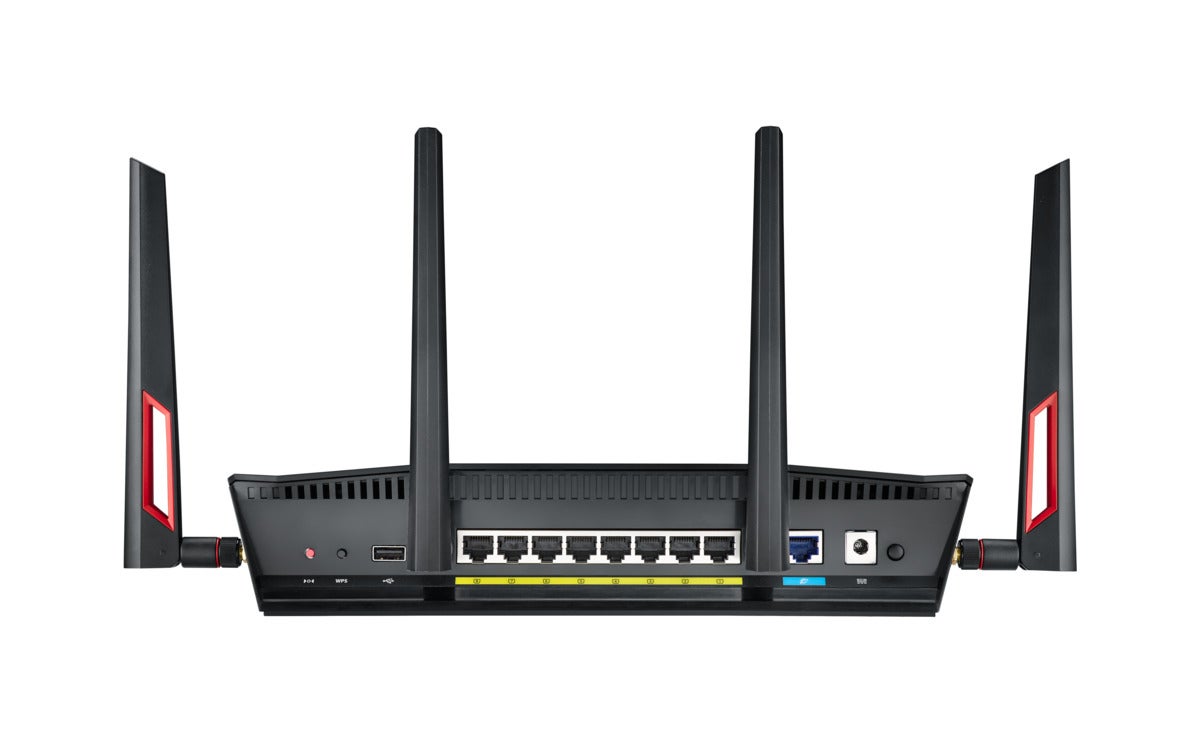 Asus
Asus My dual-band Asus RT-AC88U is a 4×4 MU-MIMO that I recovered from an eWaste ABA transit number . It's really smart and features integrated gigabit ethernet.
When dual-band is non sufficient
With double the broadband performance, my cheap-skate router setup was no more up to the job for our laptops. Patc our wired desktops were fine, the laptops farther impossible connected the RT-1900P node did not benefit as some.
The ground? In AiMesh, Eastern Samoa with many mesh systems built on dual-ring nodes, some of the radio receiver speed is provisioned for the "backhaul"–the conduit through which the routers pass network traffic to from each one other. With just two bands—2.4GHz and 5GHz—and some of it congested by passing traffic between the routers, we definitely had poor broadband throughput in the 15 to 30Mbps range, even with our same moderate broadband.
In more expensive systems from Asus and others, this is alleviated with tri-band routers. These routers feature a 2.4GHz band and deuce 5GHz bands. When set aside up as a mesh system, this allows for, say, nonpareil of the 5GHz bands to be completely dedicated to the wireless backhaul, going away more bandwidth for PCs or other devices.
The problem for Pine Tree State is these systems aren't that cheap. When matched with the latest Wi-Fi 6 or 802.11ax, they're downright painful to buy, though a delight to use. You can read or so my colleague Michael Simon's have putting downwards a stack of scratch for a tri-band Netgear Orbi organization.
Patc 802.11ax is pretty awesome and we answer have one 802.11ax/WI-Fi 6 laptop in use, the large majority of our hardware is WiFi 5/802.11ac or older. Looking for a right smart to eke out more performance without plunking weak $600 to $700 on a hardened of high-end 802.11ax tri-band mesh topology routers, I went with the return-intuitive idea of running game a wired backhaul.
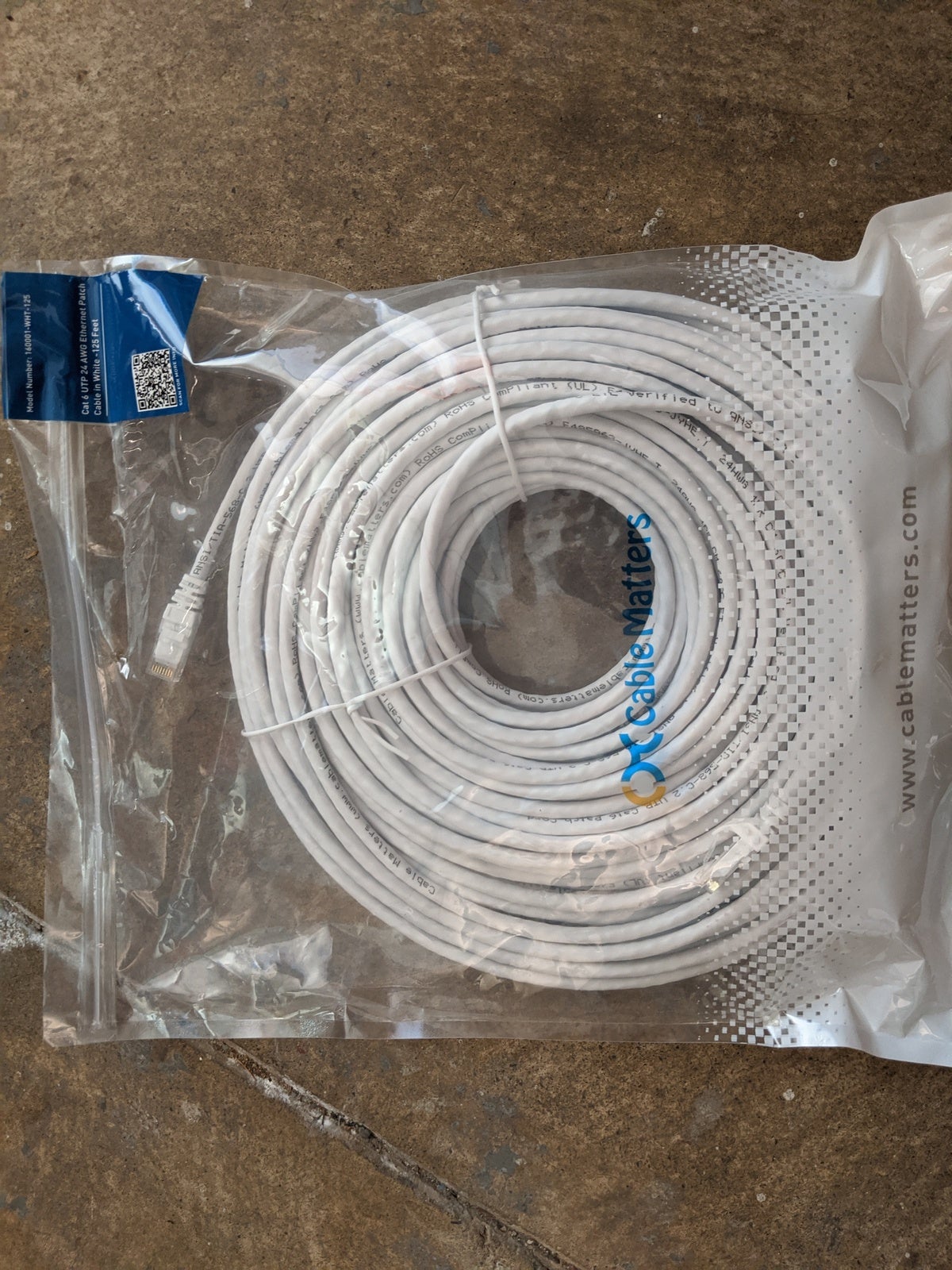 Gordon Mah Ung
Gordon Mah Ung Using a 125-foot Cable's length Matters CAT6 cable run equally your wired backhaul, is far cheaper than buying a new router apparatus to increase speed.
Wired backhaul
Yes, it English hawthorn make no sentiency to build verboten a radiocommunication mesh apparatus to avoid wires—so in reality finish up running wires. But creating a wird backhaul was unquestionably the cheapest path to get much performance.
Mesh networks hindquarters either eat wireless bandwidth to talk amongst themselves—Beaver State they can eat wired bandwidth. By stringing an ethernet line between my two routers, I would essentially get many of the benefits of a tri-band mesh system without the monetary value. For $26 (for a 125-foot ethernet cable television service), I was able to double and triplex the speeds on laptops connecting to the RT-1900P.
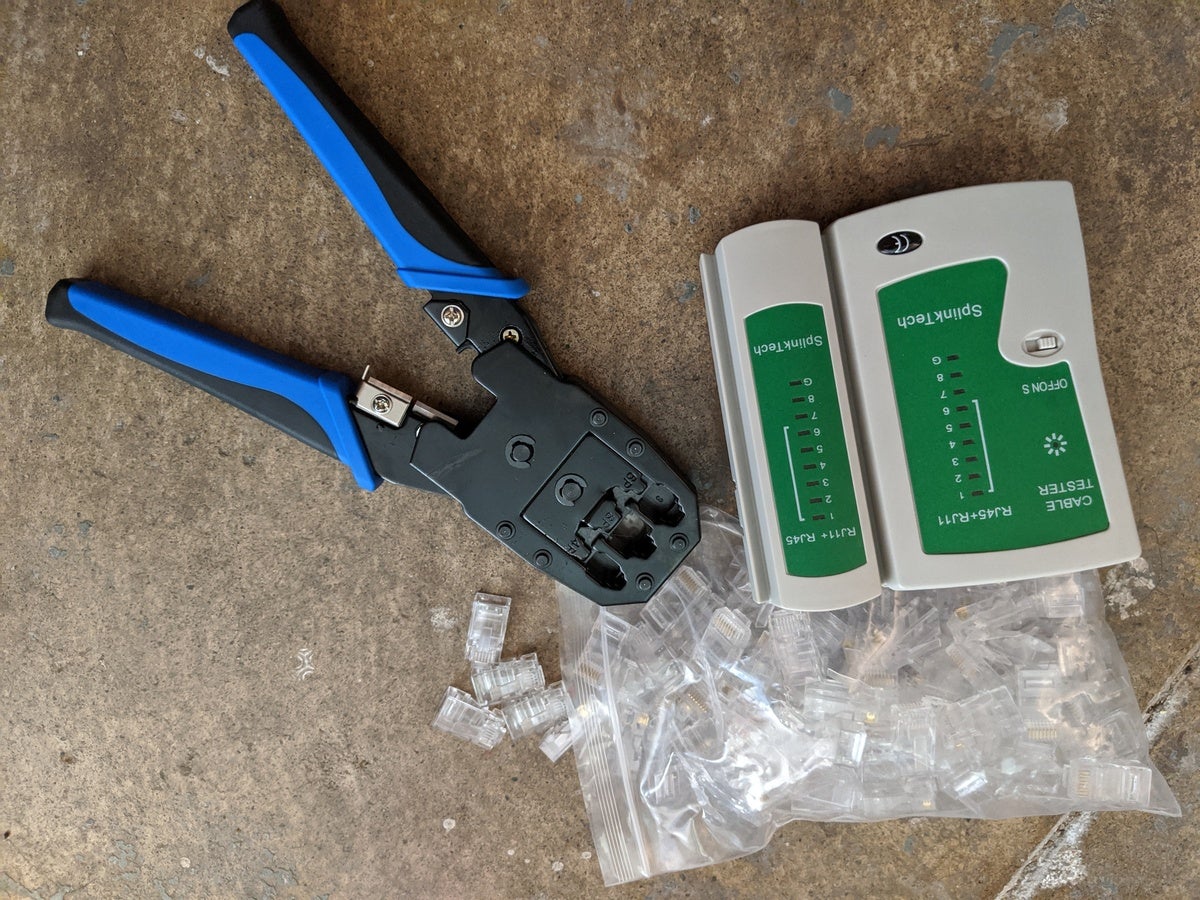 Gordon Mah Ung
Gordon Mah Ung For $17, I was able to experience a crimper, CAT5 connectors, and a cable checker.
And then I got cheaper
In fact, rather than spend $26 happening a 125-ft CAT 6 cable, I was able to get a box of wallboard-debris-clad volume CAT5e overseas telegram from a friend, and buy a crimper, connectors and cable examiner for $17, so I could rejoi the $26 CAT 6 cable.
Yes, this meant running a cable's length through and through the floor (where the coax for the mindful-spent cable system of rules had running) low the house, and so along the garage ceiling and up a heater vent, but in the end, I complete up with far better performance than running an AiMesh network connected retributory two bands.
With demands—and high performance routers—still quite high, you may require to study this option if you deliver a newer AiMesh Asus router. Almost router experts, in fact, recommend running a wired backhaul for that dual-band net setups for the best performance.
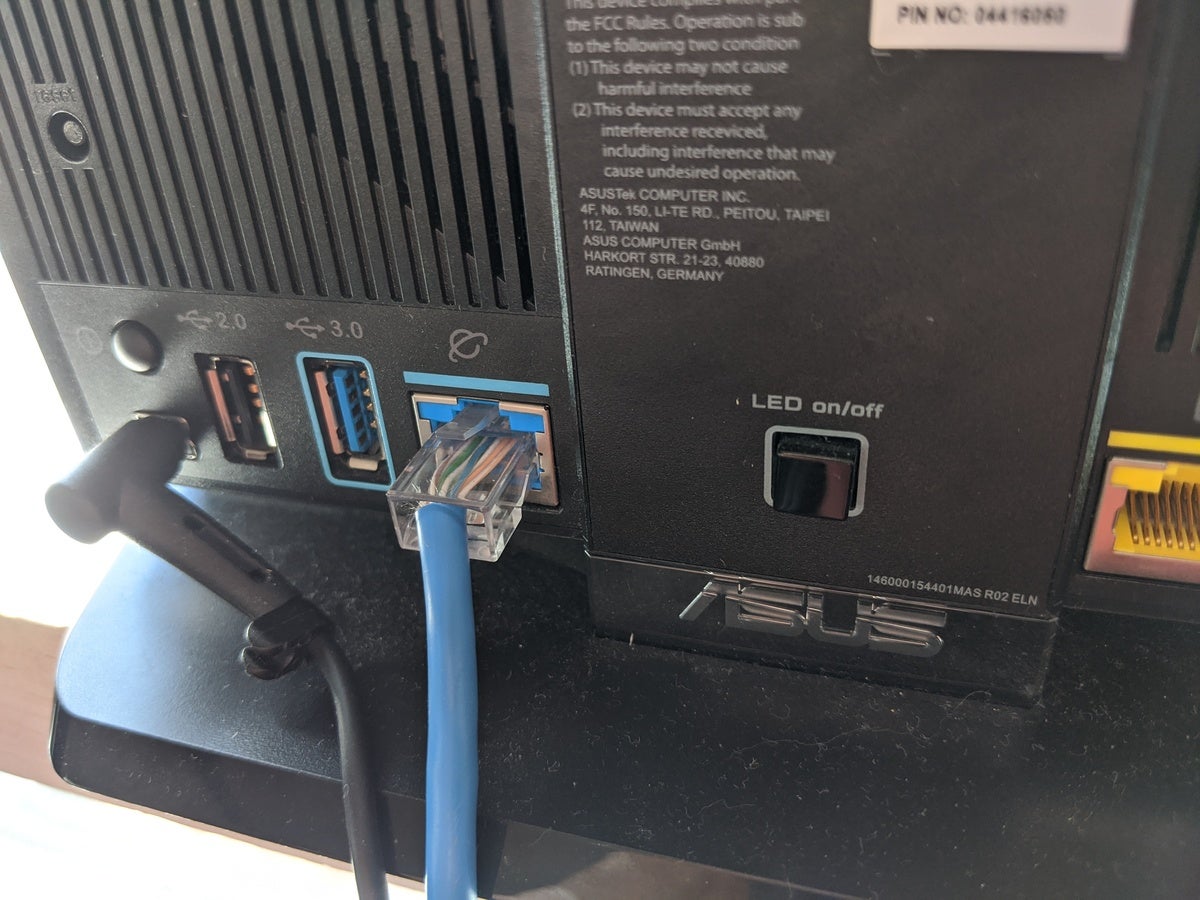 Gordon Mah Ung
Gordon Mah Ung In an Asus AiMesh, you plug one goal of your LAN cable system in to the WAN port (where your internet modem would commonly go) and the other end goes into an open Ethernet port on the primary router.
Beingness loud terminate be you, too
While I'm generally happy with my $17 speed-astir, and it did increase thickening performance to the Internet from 30Mbps to 60Mbps, I was pretty disappointed by the performance of my five-year-experient RT-1900P node. I brawl intend getting a stable 60Mbps on the 5GHz band was a marked improvement from 30Mbps–only that was session three feet from the node. For those near that node, it was great, but in my garage and in a bedroom kitten-corner to the node, performance was simply 30Mbps flat with the hardwired backhaul.
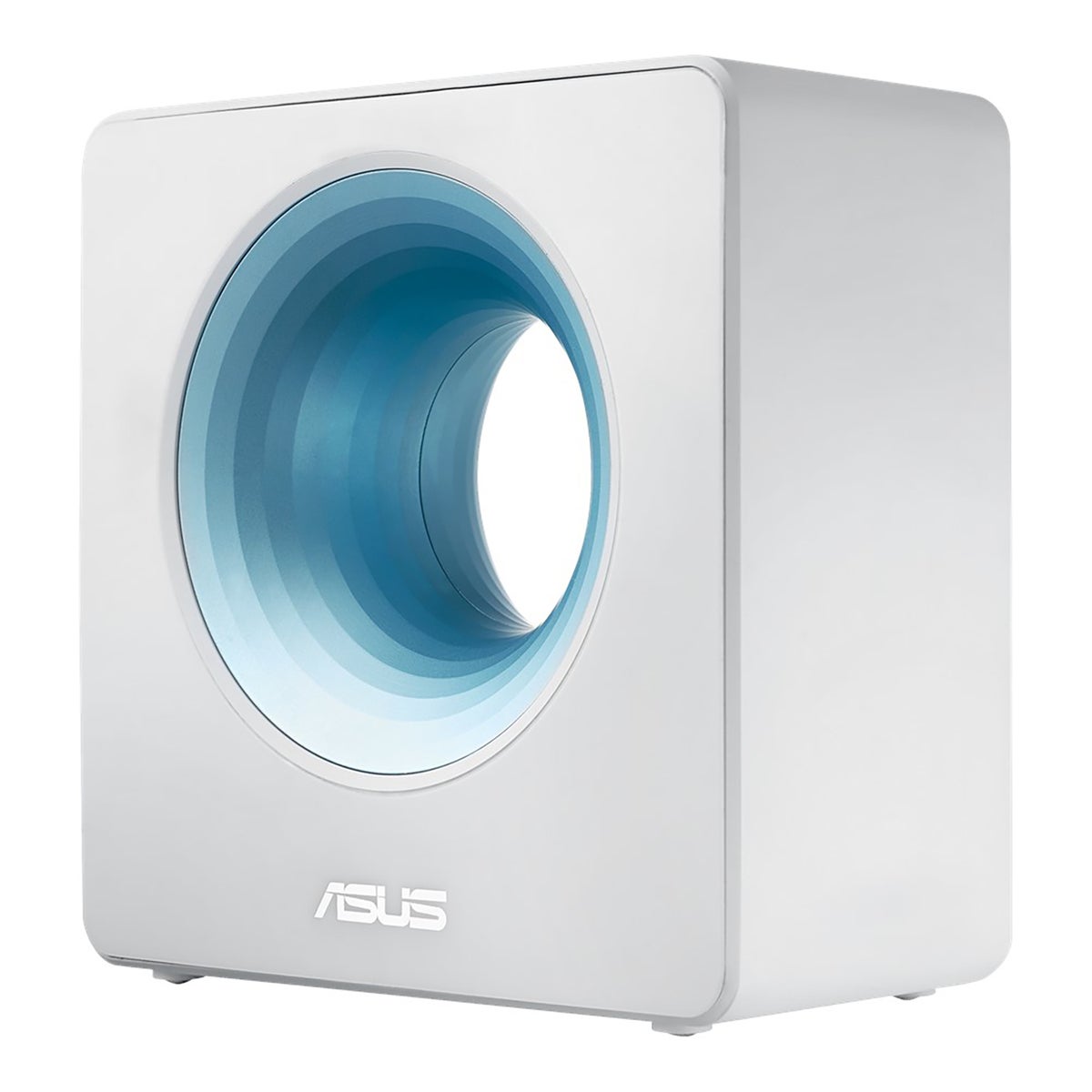 Asus
Asus To sqeeze more carrying out out of my AiMesh network, I replaced my ancient RT-1900P with an Asus Blue Cave router.
Clearly, the $70 investment in the RT-1900P was a mistake, as a more modern router would give me better performance. So back to Amazon I went to look for a newer router with better performance and a valid cost. Asus had recommend its Northern Spelunk router. which is a dual-band, 802.11ac, MU-MIMO router with a 4×4 feeler conformation. On the far side the alphabet soup of network glasses, it features an Intel Lantiq dual-core C.P.U. and 512MB of RAM, which most network nerds say will supporte in crowded households.
It also generally gets high First Baron Marks of Broughton from reviewers. To stick to my cheapskate ways, I picked improving a refurbed Down Cave for $75. This replaced the $70 RT-1900P as the bugged node, and it indeed increased performance greatly: PCs in the chamber and garage hit the limit of our Internet at 100Mbps.
My total cost for our general routers has been about $162. That's still a fair cost, Eastern Samoa a adequate mesh tri-band Wi-Fi 6 system would cost more–and probably wouldn't attain a difference with our actual ISP.
If I could suffice it once again, I would bear skipped the original RT-1900P completely. Instead, it'll atomic number 4 handed down so individual else volition benefit from it.
Source: https://www.pcworld.com/article/393314/how-to-speed-up-home-internet-and-wi-fi.html
Posted by: windomdound1972.blogspot.com

0 Response to "How to speed up your home Internet and Wi-Fi on the cheap - windomdound1972"
Post a Comment